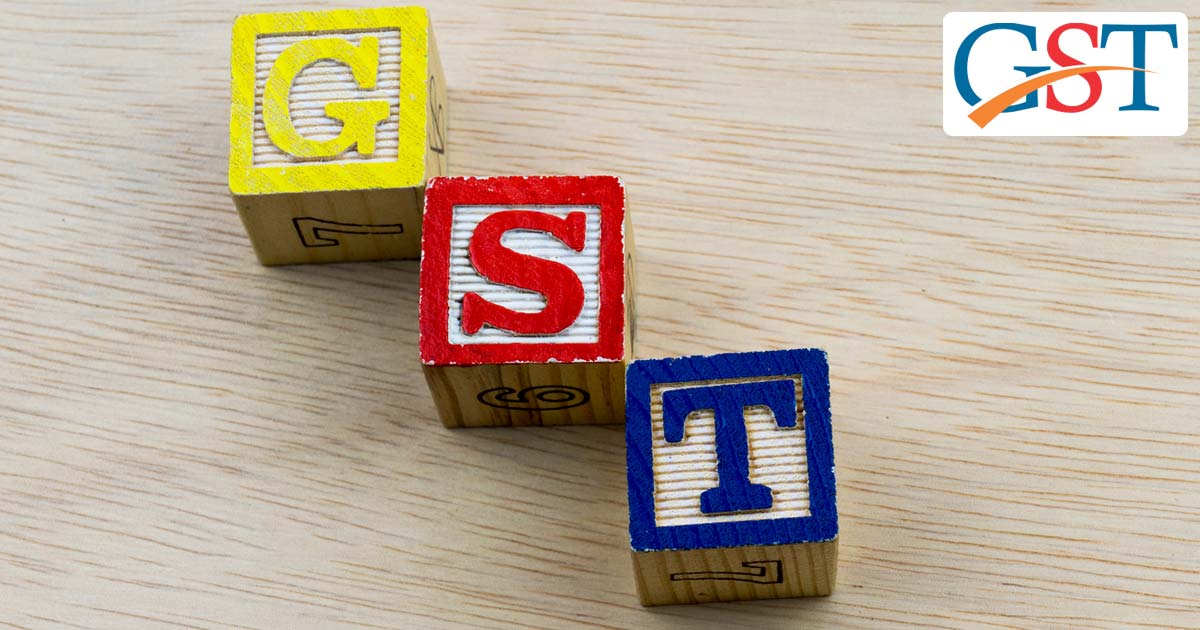In a report released after the analysis of the indirect tax systems implemented by 115 countries, the World Bank has declared that the GST system is one of the most complex indirect tax structures with the second highest tax rate in the world.
As per the report, India’s GST has five tax slabs, including a tax exemption and a zero-rate category of supplies, along with the provision of Input Tax Credit (ITC) for a refund of taxes paid on inputs. In addition, some supplies like gold and precious stones are taxed at specific rates, different from the standard category. Some products like petroleum, electrical duties, etc are kept out of GST cover. All of this makes GST a complex indirect tax structure.
Out of 82 countries who are following the GST system, 49 have only a single GST slab, while 28 have two tax slabs, and other five countries, including India, Italy, Luxembourg, Pakistan and Ghana, have four or more GST slabs. This makes India having one of the most complex GST systems in the world.
India is a very different country from others. The complex business structure made it necessary for the government to come up with multiple tax slabs. However, the Finance minister Arun Jaitley has assured that the number of GST slabs will be reduced in the future, possibly by merging 12% and 18% slabs into one. The GST Council’s decision to reduce the number of items in the 28% category from 228 to 50 was also a step in this direction.
Read Also: GST Council Latest 26th Meeting Live Updates: All You Need to Know
The World Bank report also mentions that the implementation of GST has initially caused disruptions in the proper working of state administrations in India. The major effect was in terms of lack of clarity on which local taxes should be continued and which ones should be removed. This also resulted in some states increasing local taxes on entertainment, etc to compensate for post-GST losses.
Another major impact was reported on business firms, including an increased burden of tax compliance and holding of working capital due to late or no refund of input taxes. “High compliance costs are also arising because the prevalence of multiple tax rates implies a need to classify inputs and outputs based on the applicable tax rate. Along with the need to apply the correct rate, firms are required to match invoices between their outputs and inputs to be eligible for full input tax credit, which increases compliance costs further,” said the report.
The World Bank also said that the GST may take a few months to settle down during which the economy will be affected temporarily, however, the long-term GST benefits will probably outweigh the initial issues being faced by people. “Key to success is a policy design that minimizes compliance burden, for example by minimizing the number of different rates and limiting exemptions, with simple laws and procedures, an appropriately structured and resourced administration, compliance strategies based on a balanced mix of education and assistance programs and risk-based audit programs,” it added.
The Bank suggested that the countries following the GST system must run proper campaigns to communicate the aspects of GST to businesses, consumers and other related people to ensure a fruitful implementation.
